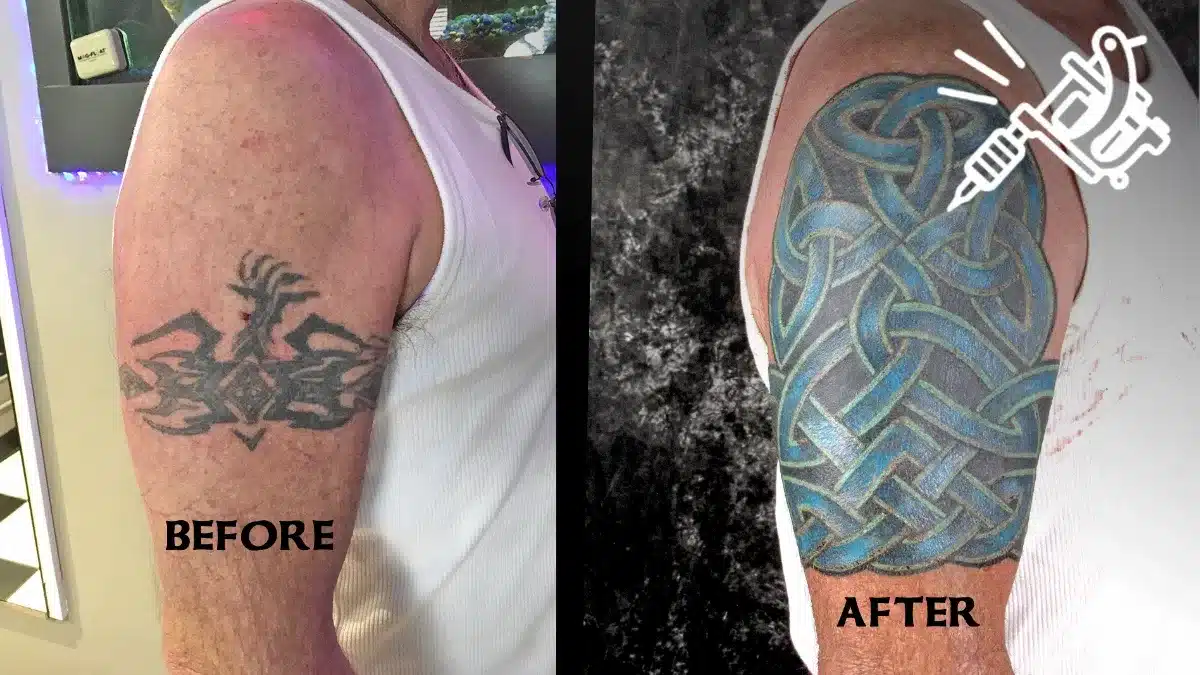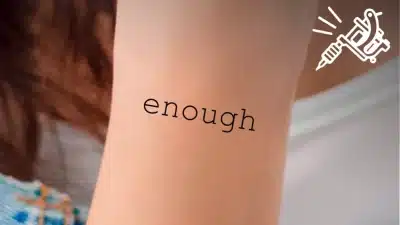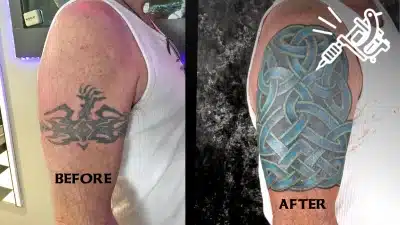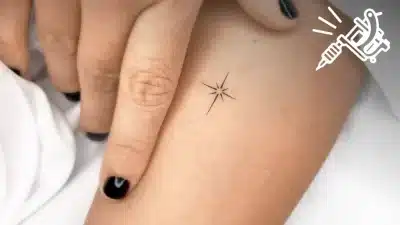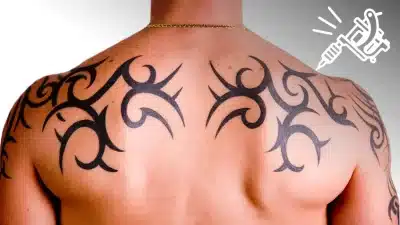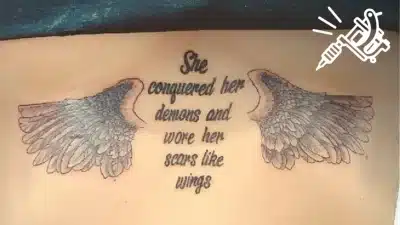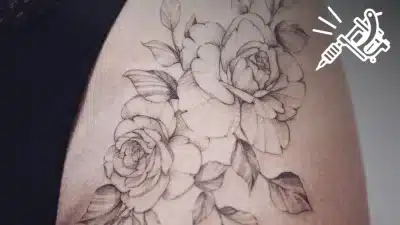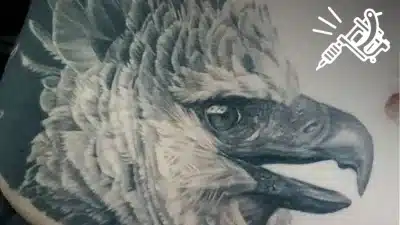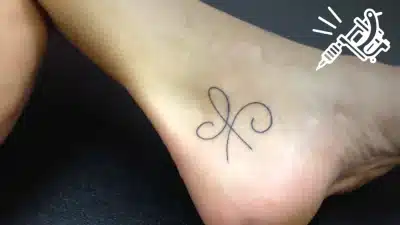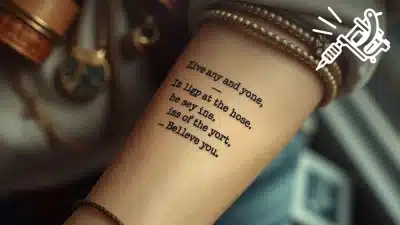Color or black and grey? It’s one of the first and most personal decisions in your tattoo journey. The right choice goes beyond aesthetics—it taps into your identity, lifestyle, and how you want to be seen. Here’s how people are deciding between bold hues and timeless monochrome in 2024.
Color vs Black and Grey Tattoos: What to Know Before You Decide
Color tattoos: expressive, vivid, and pop-culture friendly
Color inks unlock endless creative potential. Whether it’s anime fan art, ornamental florals, or hyperrealistic wildlife, full-color pieces bring a painterly dimension to skin. They’re especially popular in genres like neo-traditional, kawaii, and biomechanical work.

Black and grey tattoos: timeless, detailed, and subtle
Classic and universally flattering, black and grey tattoos are built from fine gradations of shading. They hold their contrast well over time and are often favored for realism, portrait pieces, and sacred geometry. They’re also easier to blend into existing work, especially sleeves or patchwork tattoos.

Skin tone and ink interaction matters
Color can appear different depending on your undertone. For deeper skin tones, warm colors often show more vividly (like red, orange, and green), while lighter pastel shades may fade quickly. Black and grey, on the other hand, tends to heal more predictably across all skin types and ages well with minimal touchups.

Longevity and fading considerations
Color tattoos can fade faster when exposed to sun—especially blues, purples, and yellows. Black and grey typically hold contrast longer, especially in low-friction areas like the upper arm or back. If you’re outdoors often or prefer low-maintenance ink, black and grey may be the better long-term pick.

Meaning and emotional tone
Color tattoos often evoke fun, vibrancy, nostalgia, or storytelling—think bright florals, anime, or graphic-style art. Black and grey leans emotional, contemplative, or spiritual. It’s the go-to for memorial pieces, religious symbology, and hyperrealistic portraiture.

Pain and session time
While pain varies by body part, color tattoos can take longer due to layering and color-packing steps. Shading in black and grey is typically quicker, though highly detailed blackwork can take time too. If you’re optimizing for fewer sessions, that might push your decision.

Planning sleeves or future work? Think cohesion
If you’re only getting one piece, either style works fine. But if you’re planning a full sleeve or ongoing designs, style consistency is key. Mixing color with black and grey takes thoughtful composition and is best done by artists experienced in both.

Still unsure? Try hybrid or ‘spot-color’ tattoos
One rising trend merges both styles—a mostly black and grey design with pops of intentional color. Common in illustrative tattoos or surrealist work, this option gives you drama and subtlety without full commitment. It’s also a way to test how color heals on your skin before going all in.

In the end, there’s no wrong answer—just the one that’s right for you. Whether you’re drawn to bold storytelling in full color or the minimalist power of grey ink, great tattoos always start with intention.


